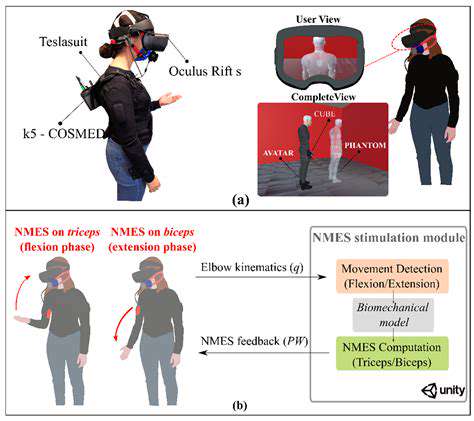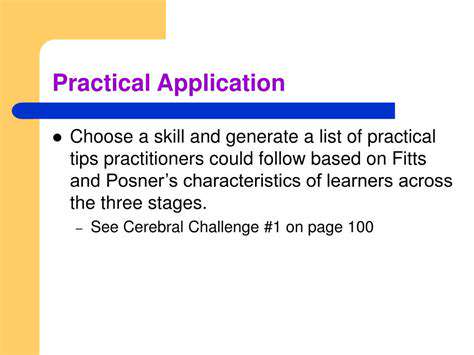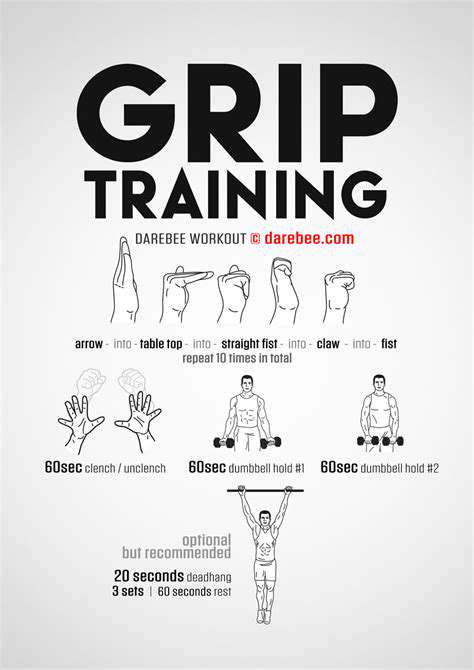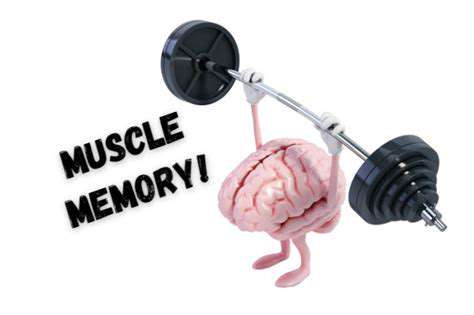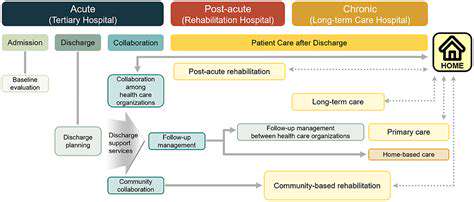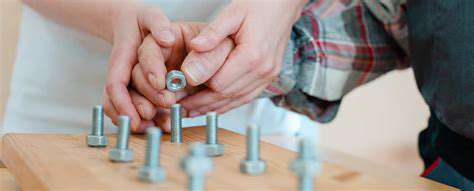Exercises to Increase Finger Agility
Beyond the Keyboard: Creative Finger Exercises
Finger Taps and Flicks
Developing finger dexterity goes beyond just typing; it involves precise movements and controlled flicks. Practicing finger taps on a tabletop or a dedicated finger exercise tool can significantly enhance the speed and agility of your fingers. Start with simple alternating taps, progressing to more complex patterns and incorporating different rhythms. This focused practice builds strength and coordination, improving your overall finger control.
Varying the pressure applied during taps also helps. Light taps can improve precision, while slightly heavier taps can build strength. Consistency is key; dedicate a set amount of time each day to these exercises to observe noticeable improvements.
Finger Stretches and Flexions
Regular finger stretches are crucial for preventing stiffness and promoting flexibility. Gentle bending and straightening of each finger, along with wrist rotations, can significantly improve your finger's range of motion. Hold each stretch for a few seconds, focusing on the feeling of the stretch in your fingers and surrounding areas. These stretches are essential for maintaining healthy finger function and preventing injuries during longer typing sessions or other activities that involve repetitive finger movements.
Remember to avoid any jerky or forceful movements during these stretches. Gradually increase the duration and intensity of the stretches as you progress.
Circular Finger Movements
Performing circular movements with your fingers helps improve their rotational control and coordination. Imagine drawing small circles in the air with each finger, alternating directions. This exercise not only enhances finger agility but also develops a greater awareness of the finger's position and movement. Consistent practice will enable you to execute these movements with more precision and control, resulting in greater fluidity in your typing or other activities.
Finger Scrunches and Holds
Strengthening the muscles in your fingers is vital for maintaining agility and preventing fatigue. Finger scrunches involve squeezing your fingers together tightly, holding the position for a few seconds, and then releasing them. This exercise helps to build grip strength and improve the strength and endurance of your finger muscles. Practicing finger scrunches can lead to substantial improvements in your ability to perform fine motor tasks with greater ease.
Alternating Finger Presses
Alternating presses with different fingers are an excellent exercise for developing coordination and precision. Pressing down on a surface with one finger, then another, and repeating this pattern can improve the ability to swiftly move between different fingers. This exercise helps train your brain to activate specific fingers in a coordinated manner. This is particularly beneficial for tasks that require quick and precise finger movements, like playing a musical instrument or engaging in intricate craft work.
Finger Resistance Exercises
Utilizing resistance bands or similar tools can significantly enhance the strength and flexibility of your fingers. Applying resistance while performing finger exercises like tapping, bending, or pressing strengthens the muscles in your fingers and hands. The resistance will increase the challenge, resulting in improved finger strength and overall hand dexterity. As your strength improves, increase the resistance level to continue challenging your muscles.
Finger Coordination Games
Engage in activities that require coordination between your fingers, such as playing board games, puzzles, or even simple tasks like picking up small objects. These activities demand your fingers to work together, improving your ability to perform tasks with precision and coordination. Regular participation in these games can significantly improve your finger agility and hand-eye coordination. These games provide a fun and engaging way to improve your finger dexterity and fine motor skills.


